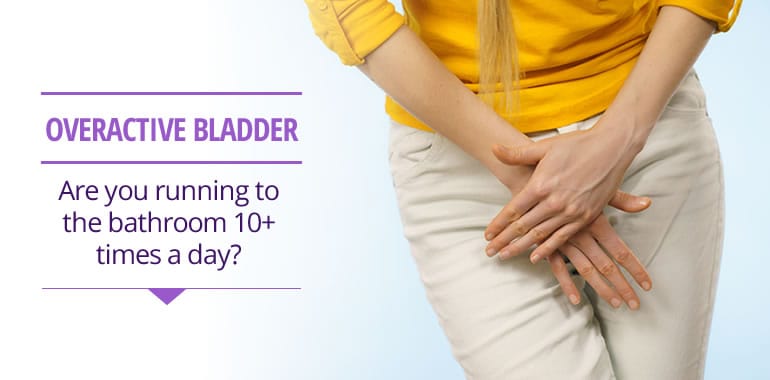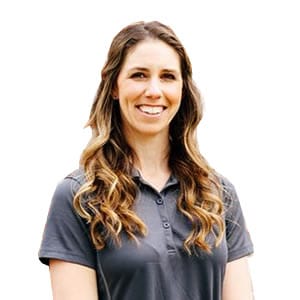
If you answered yes to any or all of these questions you may suffer from an overactive bladder and you are NOT ALONE! Overactive bladder can affect women and men of all ages and can become quite debilitating and keep you from doing the things that matter most to you.
At Breakaway Physical Therapy, our team of pelvic floor physical therapists see and treat this condition on a daily basis. One of the first things we teach our patients is how the bladder work and how to gradually improve and overcome these symptoms.
Below are some positive steps you can take at home right now to help reduce your symptoms but if you have further questions or concerns please do not hesitate to call and book a free 20 minute consultation or jump right in for a full evaluation and individualized treatment plan to get your brain back in control of your bladder.
How the Bladder Works
The bladder’s job is to store urine that is produced in the kidneys. Baroreceptors (fancy pressure gauges) lining the wall of the bladder communicate via nerve messages to and from the brain, pelvic floor muscles, and bladder. The bladder fills up gradually until the desire to pass urine increases. If it is an appropriate and convenient time, your brain gives the ok to empty the bladder.
One example I give my patients who feel that their bladder has taken complete control over their daily life is the “road trip” example. I’m sure you can recall a time you were on a long road trip and felt the need to urinate RIGHT NOW only to realize the next exit was 30 miles away. First, you probably panicked. Then maybe you tried some deep breaths, shifted a little in your seat, or found a good song on the radio to distract your mind from the desire to pull off the side of the road. Finally, without consciously knowing it, you likely contracted your pelvic floor muscles a few times which sent the signal up to the brain to tell the bladder to keep filling—now is not the time to empty. The next thing you know, the urge to urinate was gone and you drove right past the exit without stopping.
The bladder should hold approximately 400-600mL (one pint) of urine but most people get the desire to empty their bladder when it contains about 300mL. You should empty your bladder during the day between 6-8 times and not have to get up at night to void. However, this will depend on what and how much you are drinking during the day.
The recommended daily consumption of water is around 64 ounces but should increase if you live in hot, humid climates or engage in moderate to vigorous exercise regularly. Drinking more than this, will increase your urinary frequency but drinking less than this will concentrate the urine and irritate the bladder which can also lead to urinary urgency and frequency.
What Should You Drink??
Water is best but be careful consuming too much fizzy or sparkling water as they contain dissolved carbon dioxide which results in an acidic solution and may increase urinary urgency. If juices are more your jam, try less acidic juices such as apple or pear and dilute with water. Grapefruit, lemon, pineapple, and orange juice are very acidic in nature and can irritate your bladder. Cranberry juice is also less acidic and has been shown to aid in the prevention of urinary tract infections. *Please speak with your doctor before consuming cranberry juice if you are taking warfarin or other blood thinners as it can increase their effect.
What Should You Avoid??
Alcohol is a bladder stimulant and also a diuretic, which means it causes an increase in urine production and encourages your body to flush out water through the kidneys.
Caffeine is also a bladder stimulant found in coffee, tea, green tea, soda (in particular, diet soda which contains aspartame found in research to cause bladder spasms) hot chocolate, chocolate, and many fizzy beverages. It is often added to pain medications. Look out for the words “extra” or “plus” which denote added caffeine.
**A full list of common bladder irritants is listed at the end of this article.
Good Bladder Habits
What Else Can I Do?
**List of Common Bladder Irritants
Alcoholic beverages, apples and apple juice, cantaloupe, carbonated beverages, chili and spicy foods, chocolate, citrus fruits, coffee including decaf, cranberries and cranberry juice, grapes, guava, milk products such as milk, cheese, cottage cheese, yogurt, and ice cream, peaches, pineapple, plums, strawberries, sugar especially artificial sweeteners (saccharin, aspartame, corn sweeteners, honey, fructose, sucrose, and lactose), tea, tomatoes and tomato juice, Vitamin B complex, and vinegar.
Most people are not sensitive to ALL of these products—elimination of some or all of these foods may help you find your food triggers.



